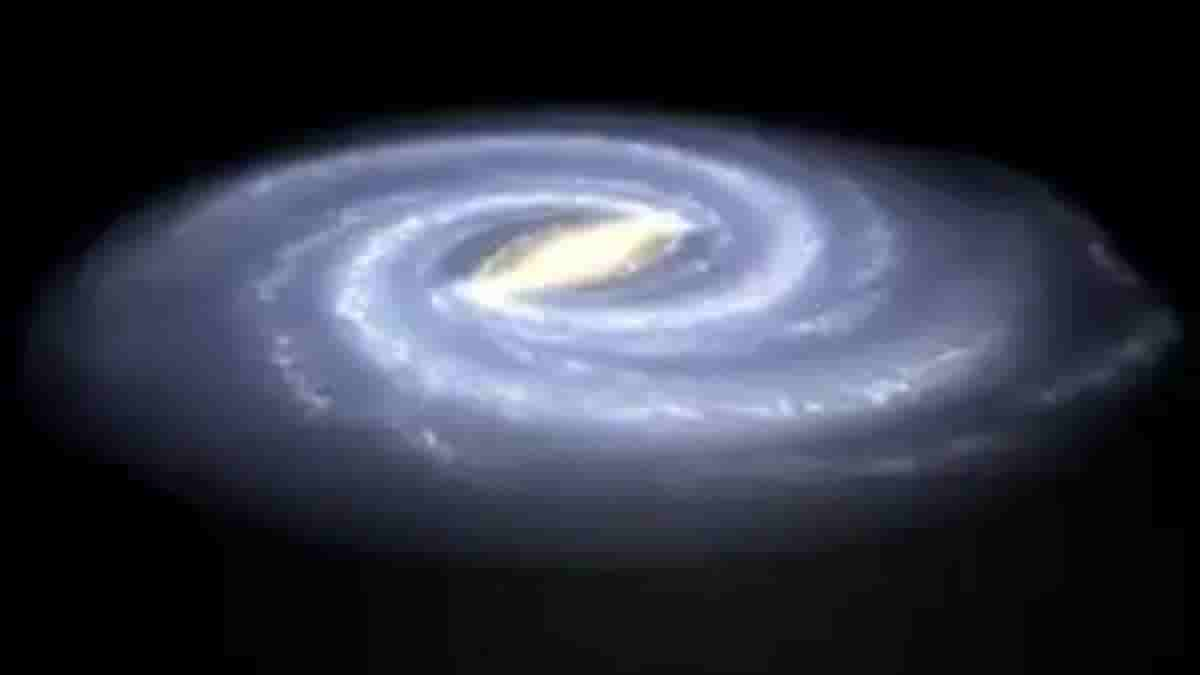The risky ascent of Earth through the Milky Way’s spiral could influence the planet’s geology

According to recent findings, Earth is bombarded by high-energy comets every 200 million years when it passes through the spiral arms of its galaxy, and this bombardment may deepen the planet’s continental crust. The research team believes that comets at the frontier of the solar system interact with the dense gas clouds in the spiral arms, sending them hurtling toward Earth.
By analyzing zircon crystals from the North American Craton in Greenland and the Pilbara Craton in Western Australia, two of Earth’s oldest continents and locations where the planet’s earliest continental history is preserved, the scientists came to their conclusion. It has been possible to construct a geological timeline that spans 1 billion years, from 2.8 billion to 3.8 billion years ago, during the Archean aeon, by using the decay of uranium in zircon crystals in these areas. Geologists might learn more about how Earth evolved to be the sole planet with continents and active plate tectonics thanks to this chronology.
Scientists can identify times in Earth’s history when juvenile magma, or magma containing components that have never reached the surface before, was present as a hint of crust creation by looking for isotopes of the element hafnium in zircon. Over a significant period of time, Kirkland and his team discovered that patterns of crust production matched galactic years. The time it takes for the sun to complete one cycle around the Milky Way’s nucleus is known as a galactic year. Examinations of oxygen isotopes also confirmed these results, which showed a consistent pattern. The scientists came to the conclusion that Earth’s orbit around the Galactic Center influences the planet’s geology.


